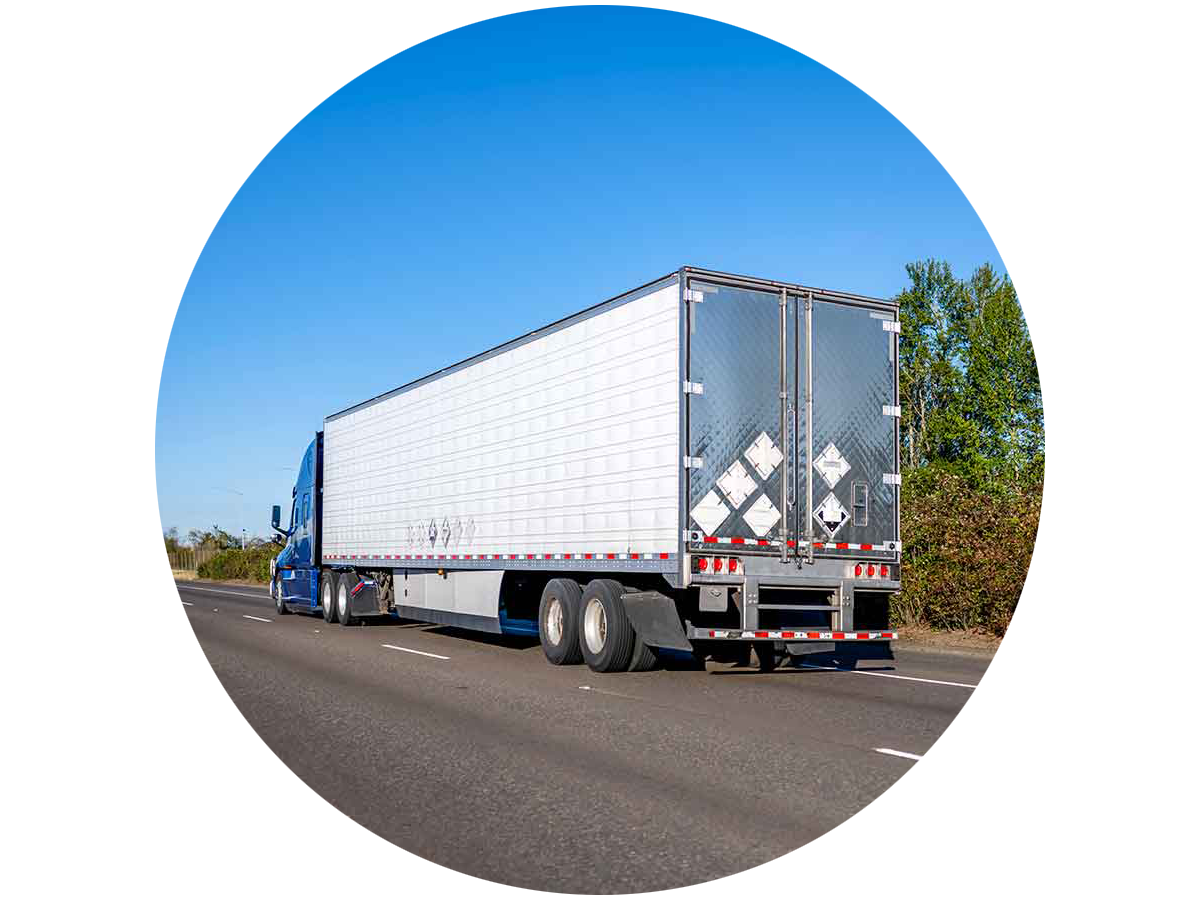The spend-based approach is a popular choice for organizations measuring scope 3 emissions thanks to its easy-to-understand and freely available activity metrics, such as money spent on specific activities or the frequency of financial transactions. This measurement methodology converts every dollar spent on a product or service to a kilogram of carbon dioxide.
However, calculating emissions using financial information requires ongoing stakeholder engagement. Success in obtaining accurate data depends on presenting clear, detailed requests to the financial data owners. In this article, we take a look at usual suspects in organizations who possess the required financial data for measuring greenhouse gas emissions for the first two upstream categories of scope 3 - purchased goods and services (category 1) and capital goods (category 2).
Moreover, we briefly delve into important financial considerations that must be addressed before emissions can be allocated to scope 3, category 8 – upstream leased assets. This article includes useful considerations and can serve as a guide for sustainability teams when compiling information requests from various departments. Since the guidelines emphasize activity data collection, this article does not cover the details of spend-based emission factors used to convert expenses into greenhouse gas (GHG) emissions.
Scope 3, category 1 – purchased goods and services
The scope of data collection for this category should include inventory purchases (e.g., raw materials or finished goods) and operating expenses incurred during the reporting period. Please note that this category should exclude long-term assets, for which acquisition costs are recorded in capitalized expenses (CapEx) and their associated GHG emissions are accounted for in a separate scope 3, category 2 - capital goods (see the next section).
Overall, required expenses can be obtained from the procurement team or the finance department consolidating the company’s financial statements. Ideally, all expenses can also be tied to the vendor’s name to enable a more meaningful supplier analysis later. It is important to emphasize that once the full list of purchases is obtained, owners of the company’s scope 3 program should be prepared to exclude various expenses. Exclusions are performed either due to expense irrelevance or the risk of double counting of emissions.
Apart from the already explained exclusion of purchased long-term assets, other irrelevant expenses include operating expenses that are not directly linked to a purchased good or service, such as taxes or salaries. Examples of expenses with the risk of double-counting emissions include flight fares for business trips or incurred fees for product shipping and warehousing, which should be accounted for in scope 3, category 6 (business travel) and category 4 (upstream transportation and distribution), respectively. Similarly, intercompany transactions can cause double counting, too, and they should be omitted from further analysis.
Example: Consolidated list of expenses per purchase type
| Purchase type | Consolidated spend amount for the period ($m) |
|---|---|
|
Inventory purchases |
|
| Raw material type 1 - Plastic | 2.4 |
| Raw material type 2 - Wood | 2.0 |
| Packaging | 1.3 |
| Finished goods | 0.6 |
|
Indirect expenses |
|
| Marketing | 3.5 |
| Professional services (audit and legal) | 2.2 |
| IT services | 1.1 |
| Catering services | 0.8 |
| Office supplies | 0.6 |
| Training | 0.4 |
Additional considerations:
-
For companies manufacturing physical products, the collection of actual inventory purchases should be strongly prioritized over the cost of sales figures found in the annual Profit & Loss (P&L) statement, which is occasionally chosen by organizations for spend-based emissions accounting. This recommendation stems from the fact that organizations use the matching principle in their financial accounting for recognizing their costs, meaning that direct expenses are matched against the revenue earned.
As one could immediately realize, following this principle for GHG emissions accounting may not accurately reflect the carbon footprint associated with the production of actual goods and services purchased during the year. For example, this may happen in years when organizations tap into their inventory reserves acquired in previous reporting periods to meet increased demand for their products in the current year. In such a scenario, organizations will account for those historic costs as part of the current reporting period when the revenue is earned. Given the GHG protocol’s emphasis on linking the activity data to the year it occurs, companies should thoroughly assess the implications of using cost of sales for GHG accounting purposes.
-
If expenses from certain locations cannot be obtained, consider closing data gaps by performing extrapolation based on the actual average data. This way your reporting will comply with the inventory completeness principle of the GHG Protocol.
Scope 3, category 2 – capital goods
Another common scope 3 category often calculated using the spend approach is capital goods. This category measures the carbon footprint associated with the production of long-term physical assets acquired during the reporting period, such as buildings, machinery or vehicles. Usually, many of these purchases are capitalized, meaning they are recorded as assets on the company’s balance sheet rather than being expensed.
Consequently, they do not appear in the Profit & Loss statement. Similar to purchased goods and services, companies are advised to request a separate list of acquisition details for assets defined as property, plant and equipment (PPE) from their finance or accounting teams.
Additional considerations:
Services related to the asset preparation or its enhancement, such as installation, repair or consulting on the use of acquired machinery, are sometimes included in the total acquisition cost of the asset. In financial accounting, companies often choose to capitalize on these expenses, treating them as part of the long-term asset acquired.
One could assert that the services part does not belong to scope 3, category 2, aimed to measure the upstream impact of the physical asset. However, the GHG protocol encourages aligning the categorization of expenses for GHG accounting with those in financial accounting. Therefore, following the expense treatment established by the finance team is recommended.
On the other hand, given that the GHG protocol may not have fully accounted for the complexities of financial accounting during the development of the reporting standards, it is acceptable for companies to use their discretion in deciding whether to break down the costs and exclude the portion related to services or include them as part of the total asset cost.
Other financial information useful for scope 3 emissions accounting
Scope 3, category 8 – upstream leased assets
Although this category and its activity data are not linked to the spend-based carbon accounting approach, the successful allocation of emissions related to leased assets often depends on understanding the financial accounting. Companies frequently consider whether emissions arising from the use of leased assets, such as vehicles or buildings, should be accounted for in scope 1 and 2 or dedicated scope 3, category 8 - upstream leased assets.
The GHG protocol states that a company’s chosen organizational boundary (typically financial or operational control) should be compared to the lease type (operating vs finance) before determining the scope of emissions. Understanding the financial treatment of different lease types can help identify the correct scope of emissions. However, it is important to note that the lease type consideration is only relevant for companies following the financial control approach, as illustrated in the matrix below.
Decision matrix
|
Type of Leasing Arrangement: Finance/Capital Lease |
Type of Leasing Arrangement: Operating Lease |
|
|---|---|---|
Equity Share or Financial Control Approach Used |
Lessee does have ownership and financial control, therefore emissions associated with fuel combustion a scope 1 and with use of purchased electricity are scope 2. | Lessee does not have ownership or financial control, therefore emissions associated with fuel combustion are scope 3 and with use of purchased electricity are scope 3. |
Operational Control Approach Used |
Lessee does have operational control, therefore emissions associated with fuel combustion are scope 1 and with use of purchased electricity are scope 2. | Lessee does have operational control, therefore emissions associated with fuel combustion are scop 1 and with use of purchased electricity are scope 2.a |
Note: a Some companies may be able to demonstrate that they do not have operational control over a leased asset held under an operating lease. In this case, the company may report emissions from the leased asset as scope 3 but must state clearly in its GHS inventory report the reason(s) that operational control is not perceived. (Source: GHG Protocol)
Most finance leases are typically capitalized, which is why they are often referred to as capital leases and recorded as assets on the organization’s balance sheet. The financial treatment of these leases is identical to that of capital goods discussed earlier, with the distinction that the assets are leased rather than owned. It is advisable to confirm with the finance team how a company’s leased assets are classified, as this will determine whether they fall under scope 1 or 2 emissions. In contrast, operating leases typically incur periodic costs that appear in operating expenses, indicating that companies with financial control should categorize GHG emissions from these leases under scope 3, category 8.
Closing thoughts
In summary, the involvement of procurement and finance teams is vital for effective scope 3 emissions measurement. Early engagement and open communication with these departments are key to building a successful carbon data management program.
Get connected with our sales team
Thanks for your interest in our products and services. Let's collect some information so we can connect you with the right person.









